 address:201, Factory 6, Longhui Industrial Park, Fuqiao 3rd District, Xinhe Community, Fuhai Street, Baoan District, Shenzhen china
address:201, Factory 6, Longhui Industrial Park, Fuqiao 3rd District, Xinhe Community, Fuhai Street, Baoan District, Shenzhen china
What is Plated Half Hole PCB? Beginner Guide
Why do we use Plated Half Hole PCB?
HASL is universally applicable unless otherwise specified. Immersion (chemical) gold plating is used to provide a smoother board surface (this is especially important for BGA pads) but has a slightly lower solderability. Oven soldering is performed in much the same way as HASL, but hand soldering requires the use of special fluxes. Organic Coating, or OSP, protects the copper surface from oxidation.
Its disadvantage is the short shelf life of solderability (less than 6 months). Immersion tin provides a smooth surface and good solderability, although it also has a limited solder life. Lead-free HAL has the same properties as lead-containing, but the solder composition is approximately 99.8% tin and 0.2% additives.
Contacts of knife connectors subjected to friction during the operation of the board, electroplated with a thicker and harder layer of gold. Both types of gold plating use a nickel underlayer to prevent the gold from diffusing.
Protective and other types of printed circuit board coatings
Consider the functional purpose and materials of printed circuit board coatings:
Solder mask
It is applied to the surface of the board to protect conductors from accidental short circuits and dirt, as well as to protect fiberglass from thermal shock during soldering. The mask does not carry any other functional load and cannot serve as protection against moisture, mold, breakdown, etc. (with the exception of cases where special types of masks are used).
Marking
It is applied to the board with paint over the mask to simplify the identification of the board itself and the components located on it.
Peelable mask
It is applied to specified areas of the board that need to be temporarily protected, for example, from soldering. In the future, it is easy to remove, since it is a rubber-like compound and simply peels off.
Carbon contact coating on plated half hole pcb
It is applied to certain places on the board as contact fields for keyboards. The coating has good conductivity, does not oxidize, and is wear resistant.
Graphite resistive elements
It can be applied to the surface of the board to act as a resistor. Unfortunately, the accuracy of the nominal values is not high - not more precisely ± 20% (with laser adjustment - up to 5%).
Silver contact jumpers
They can be applied as additional conductors, creating another conductive layer when there is not enough space for tracing. They are mainly used for single-layer and double-sided printed circuit boards.
In the production of printed circuit boards, etching of a pattern on metal resists is widely used - metals that protect the copper from dissolution in certain etching solutions. Metal resisters are electroplated onto the copper pattern after the main electrochemical copper plating in a common electroplating line.
Along with protection against etching, metal resists have another important function: they serve as a coating for soldering or, in some cases, for microwelding. Where other finishes (such as immersion finishes) are used to support soldering, the resistive must be removed.
Therefore, they must be capable of being selectively dissolved by acceptable chemical means. One way or another, all these requirements must be met when choosing metal resisters.
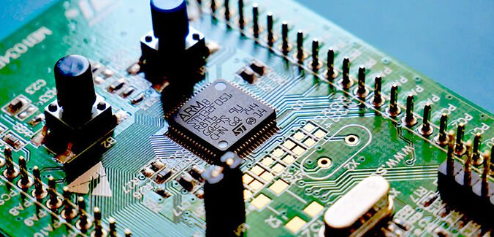
What are metal resistors in plated half-hole pcb?
Metal resists are combined with certain etchants, as shown in Table 1, which lists the most common combinations of etchants and materials used in electronics manufacturing. Of course, the list of etching solutions can be continued.
This is especially true for printed circuit board technologies with embedded film components, for example, for the formation of resistors from copper-nichrome two-layer foil, when it is necessary to etch copper without touching nichrome, and nichrome without touching copper. Or poison both together.
Silvering
Initially, the use of silver in the manufacture of printed circuit boards was due to its resistance to etching in ferric chloride. It was well combined with a photoresist based on polyvinyl alcohol with chromic anhydride. Only later did they switch to a metal resist from a galvanic tin-lead alloy, when they found the corresponding etchants based on ammonia complexes of copper chloride.
Silver has high electrical conductivity, reflectivity, and chemical resistance in many aggressive environments, especially in alkalis and most organic acids. Therefore, in the electrical and electronic industry, silver plating is used to create functional coatings with high electrical conductivity and a stable value of transition resistance at the points of contact.
Today, silver is used only in microwave circuit boards, and has not found wide application in the mass production of printed circuit boards. Taking into account the skin effect at microwave frequencies, a thickness of only 2.5-5 microns is required. However, for resistance to the etching process, silver, as a metal resist, should have a thickness of 6-9 microns.
Advantages of Plated Half Hole PCB
A significant disadvantage of silver coatings is their high sensitivity to the action of hydrogen sulfide and other sulfur compounds. In an atmosphere containing even minor impurities of these compounds, silver coatings quickly fade, becoming covered with a film of silver sulfide.
For galvanic silvering, only complex electrolytes are practically used, from which it is deposited with increased polarization.
The highest cathodic polarization during silver deposition is possessed by cyanide electrolytes, which to this day remain the best in the quality of coatings obtained in galvanic practice. Silver cyanide electrolytes consist of cyanide complexes of silver, free alkali metal cyanide, and its carbonate, which is gradually formed in the electrolyte.
Cyanic electrolytes have a high scattering power and a good fine-grained deposit structure. Iron-cyanide, pyrophosphate, and other electrolytes have also been developed, which can partially replace toxic cyanide solutions in terms of technological properties.
Main components of silver cyanide electrolytes in
The main components of silver cyanide electrolytes are complex silver salts - sodium dicyanoargentate or potassium dicyanoargentate. Potassium salts, compared to sodium salts, have better solubility and allow the use of current with a higher density.
The composition of electrolytes and the mode of deposition can vary over a wide range depending on the purpose of the coating. To improve the uniformity of the distribution of the silver coating and the dissolution of the anodes, potassium nitrate is added to the electrolyte, and potassium carbonate is added to increase the electrical conductivity of the solution.
How to increase the efficiency of plated half-hole pcb?
To increase the scattering power of the electrolyte, as well as for the normal dissolution of the silver anode, an excess of free cyanide is required. To obtain brilliant silver deposits, carbon disulfide (1.5-2 ml/l), hyposulfite (1 g/l), and other special additives containing mainly sulfur compounds are introduced into the cyanide electrolyte.
An electrolyte with the addition of Captax (2-mercapto-benzothiazole) is widely used as a brightening agent, although Captax tends to decompose over time.
Electrolyte No. 3 requires preliminary treatment with current (30-35 Ah/l), after which a brightening agent is introduced. Electrodeposition with current reversal also contributes to the production of shiny deposits.
The function of Silver Nitrate
Silver nitrate is used to prepare cyanide silver plating electrolytes. The preparation of the electrolyte is carried out with dimming or red light. Dissolve potassium cyanide separately. The potassium cyanide is added to a solution of silver nitrate, and a precipitate of silver cyanide first precipitates, which then readily dissolves in an excess of potassium cyanide. The resulting potassium nitrate improves the process of silver electrodeposition.
When printed circuit boards with copper conductors are immersed in a cyanide silver plating electrolyte, contact deposition of silver occurs, which has poor adhesion of the silver deposit to copper, since in these solutions silver is more electropositive than copper. The contact layer of silver is the main reason for the peeling of the silver coating from the parts.
To ensure reliable adhesion to the coating, parts made of copper and its alloys are subjected to a special operation - amalgamation. Parts are immersed for 3-5 s in a solution of cyanide or mercury chloride at + 15 ... 25 ° C. Composition of the amalgamation solution:
mercury oxide - 6-8 g / l;
Potassium cyanide - 6-8 g / l.
Summary
The conductors of the boards after amalgamation have an even white color with a blue tint, without black spots and bare spots. Then the boards are thoroughly washed and placed in a silver electrolyte, where they are under current.
The parts are hung in the bath undercurrent for a few seconds. After amalgamation or preliminary silvering, the parts are transferred to the working electrolyte for further silver deposition to the required value. Table 3 lists defects in the operation of cyanide silver plating electrolytes, their causes, and remedies.
-
No comment





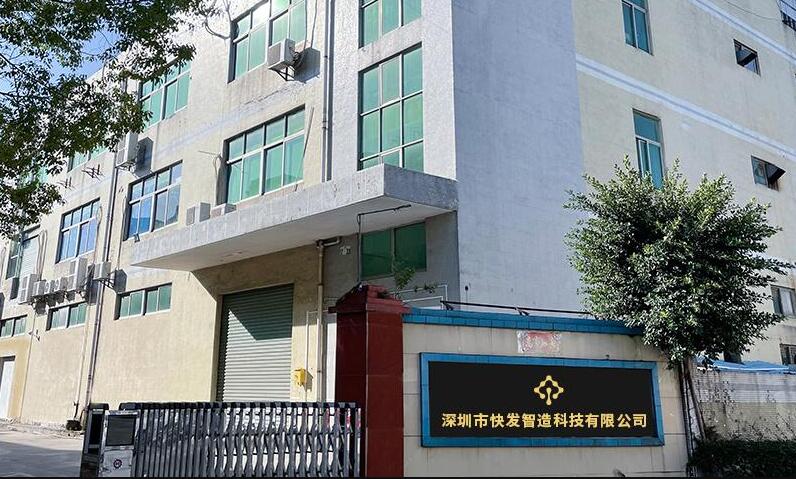
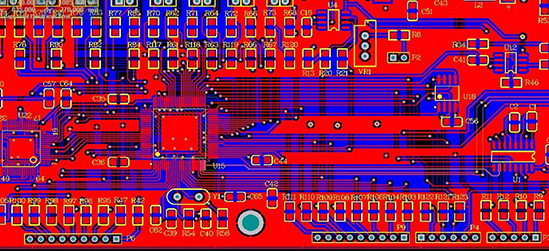
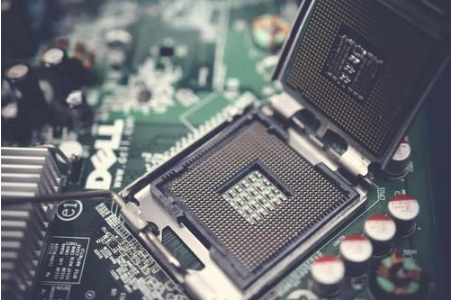
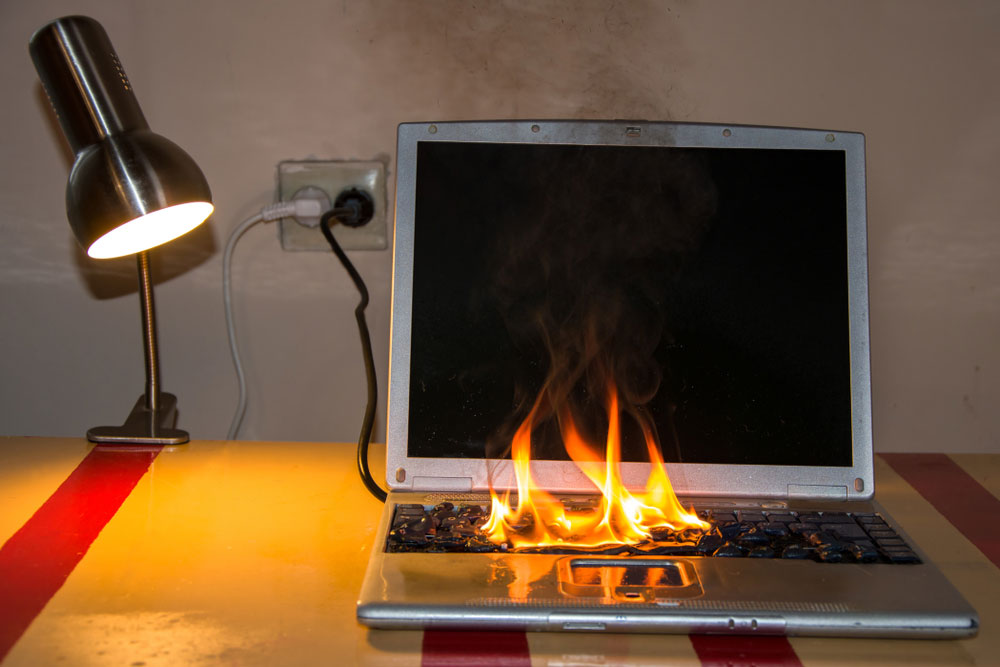



 tel:+86-18825224069
tel:+86-18825224069 email:
email:





















